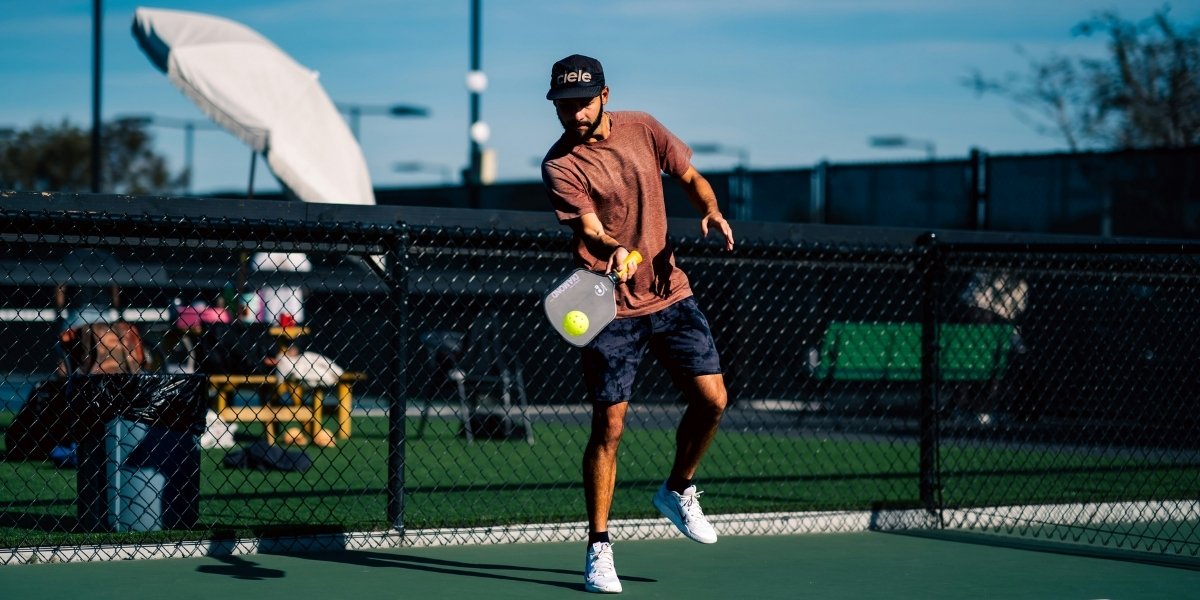What Is Ballroom Dance Fitness and How Does It Elevates Health?
Combining rhythmic movement with social connection, this unique exercise blends traditional partner dance styles with modern fitness principles. It offers a full-body workout that improves cardiovascular health, muscular strength, balance, and flexibility. From the elegance of the waltz to the lively beats of the cha-cha, participants enjoy both physical and mental benefits.
Unlike many solo workouts, this activity involves synchronization with a partner, introducing joy and connection. This relationship boosts not only physical fitness but also mental sharpness and emotional well-being. The blend of artistry and exercise makes it appealing to people seeking a graceful yet effective way to improve their health.
Read Also: Quick and Fun Workouts: HIIT for Busy Women
How Does This Dance Style Improve Physical Health?
The activity offers a dynamic cardiovascular workout through continuous movement and varied tempos that increase heart rate, boosting endurance and cardiovascular function. Regular participation strengthens the heart and lungs, reducing risks linked to sedentary lifestyles. The routines engage major muscle groups, especially in the legs, core, and arms. Spins, turns, and dips promote muscle toning and strength. This low-impact exercise is gentle on joints, making it accessible for many ages and fitness levels.
Balance and coordination improve thanks to precise footwork and posture, enhancing proprioception and stability. These benefits reduce fall risks, especially among older adults. Flexibility also increases through stretching movements, contributing to injury prevention and a wider range of motion. Beyond physical advantages, this dance form nurtures cognitive function and emotional health. Learning and memorizing steps stimulate memory, focus, and problem-solving skills, keeping the brain active and sharp.
Partnering fosters connection, communication, and trust, promoting emotional well-being. Group settings create supportive communities that combat loneliness and encourage friendships. Moving rhythmically to music triggers endorphin release, natural mood elevators that help reduce stress and anxiety. Participants often report higher confidence and a sense of accomplishment, enhancing happiness and mental resilience.
What Role Does Music Play in Enhancing the Experience?
Music is the heartbeat of this exercise, setting the pace, mood, and energy of each routine. The variety—from classical orchestras to lively Latin beats—keeps sessions engaging and motivating. Listening to music during workouts can improve endurance and lessen perceived effort. Here, musical cues guide movement, helping dancers stay synchronized and in rhythm.
Emotional connections to melodies enrich the experience. Uplifting tunes energize participants, while slower rhythms encourage grace and fluidity. This interplay transforms exercise into an artistic and joyful activity. Dancing with a partner offers unique physical and psychological advantages. Maintaining frame, coordinating moves, and responding to subtle cues engage muscles and sharpen reflexes.
Partnership also develops nonverbal communication skills, requiring trust, cooperation, and adaptability. These social skills improve relationships and emotional intelligence beyond the dance floor. Shared dancing experiences foster camaraderie and mutual motivation. Partners encourage each other, boosting commitment to regular exercise and making fitness feel like a shared adventure.
Its strength lies in adaptability. Instructors modify routines to suit beginners or advanced participants, ensuring everyone benefits regardless of experience. Low-impact dances with slow tempos suit older adults or those with joint concerns, while vigorous styles offer higher-intensity options for those seeking a challenge. Classes emphasize proper technique to prevent injury and encourage progression at an individual pace. This inclusive approach supports lifelong participation and improvement.
What Are the Social and Community Benefits?
Group classes and social events foster strong communities. Shared interests and goals create supportive environments. Social bonding through dance reduces isolation and promotes emotional health. Celebrating achievements, such as mastering routines or performing, builds confidence and group cohesion. Community engagement often extends beyond classes, with friendships and support networks forming. These connections boost motivation and overall well-being.
Integrating physical, mental, and social elements promotes comprehensive wellness. Physical activity improves cardiovascular, muscular, and neurological systems. Mental engagement enhances cognition and emotional balance. Social interaction nurtures psychological resilience and belonging.
Participants often experience increased energy, improved mood, and higher self-esteem. This becomes not just exercise but a lifestyle choice supporting long-term health.
What Should Beginners Expect?
New participants find welcoming, encouraging environments. Classes start with basic steps and simple rhythms to build confidence and coordination.
Gradual progression allows skill development without overwhelm. Instructors offer personalized feedback and adjustments for safe improvement.The mix of movement, music, and social interaction is enjoyable and motivating, encouraging regular attendance and lasting commitment.
Read Also: How Zumba Combines Fitness, Culture, and Community
Technology expands access through online classes, tutorials, and virtual social events, allowing participation regardless of location or schedule. Wearable trackers monitor heart rate, calories burned, and movement quality, providing feedback for improvement. Social media enables sharing progress and connecting with communities. Emerging tools like virtual reality simulate dance environments and partner interaction, making practice engaging and accessible.







